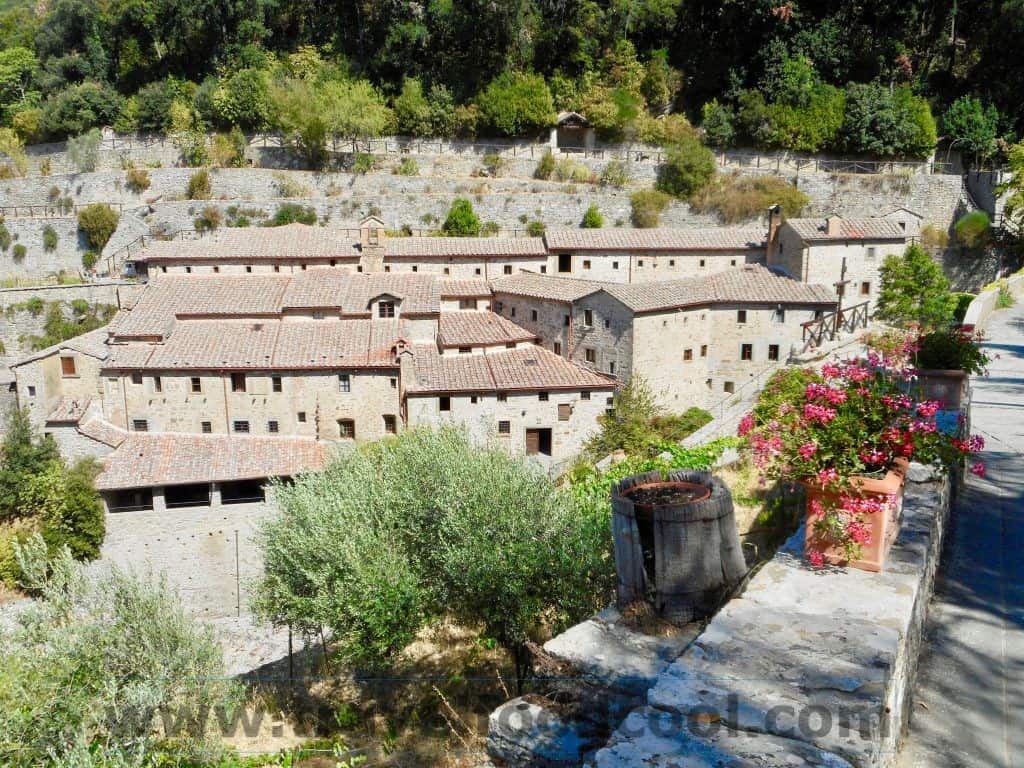
When you mention Italy and specifically Tuscany, most people will say: “Oh, under the Tuscan Sun”. While everyone may not have read the famous book by Frances Mayes (or seen the extremely loosely-adapted movie starring Diane Lane), they know the title. Most also know that the book and the movie (well, most of it) are set in Cortona. Due to the popularity of the book, Cortona, while lovely, is often teaming with tourists. There is not a lot of quiet in the small town.
Cortona sits high on a hilltop. What most people don’t know is that if you continue up and then continue even further up (about 5 winding kilometers), you’ll see small signs that point you off the road in the direction of “Le Celle Eremo Francescano“.
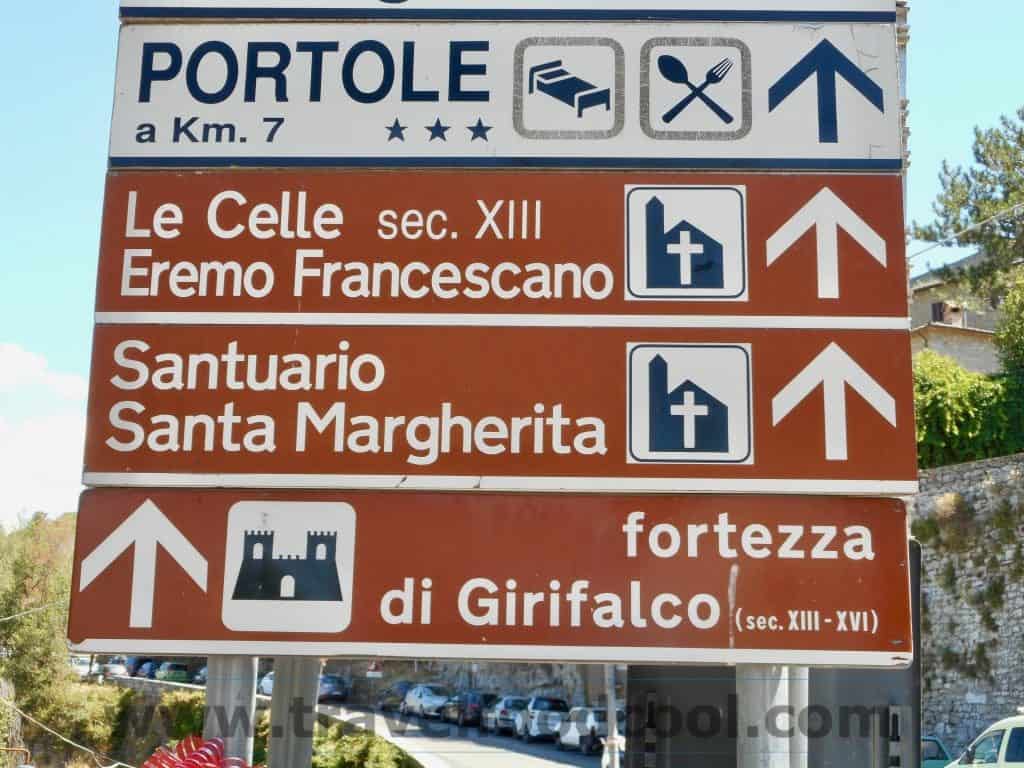
To get to”Santuario Le Celle“, or Le Celle, you follow a road that is at times one way-sized, although the traffic is two-way [ELIN’s TIP: while driving down this road you might want to drive a little slower and take note of spaces where you can squeeze over, as you will need them.]
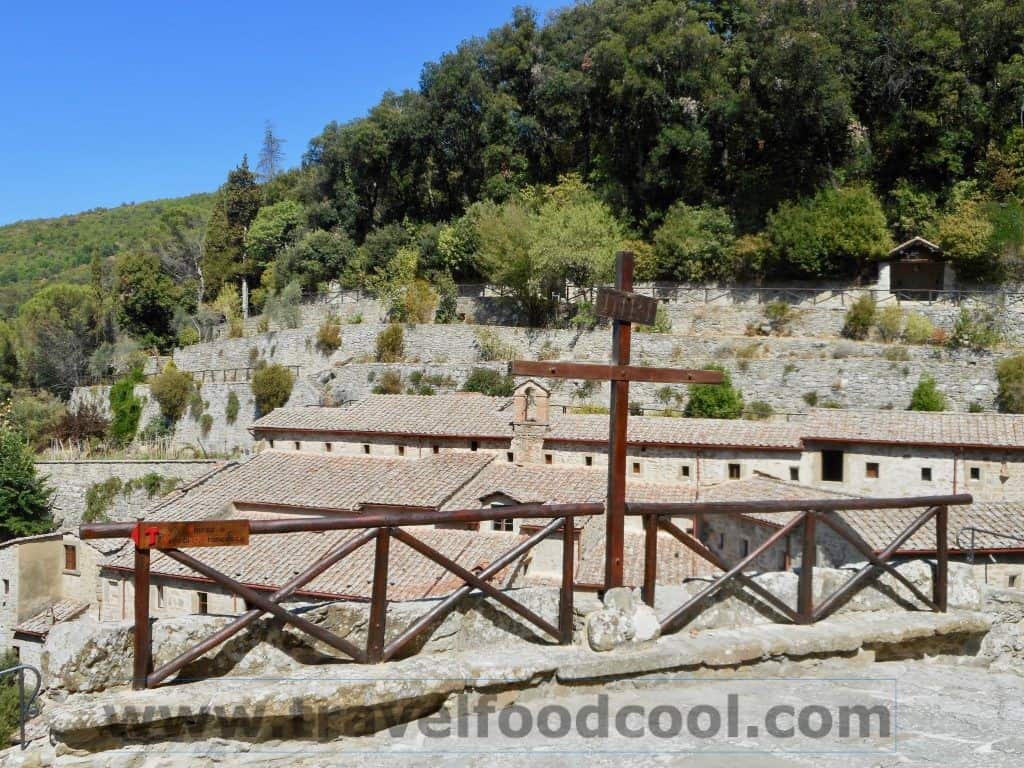
I’m betting that when St. Francis (of Assisi) was maneuvering down these roads, there was less danger of driving head on into another car, as it was 1211 when he left Assisi and arrived in Cortona. By this time, he already had quite a number of followers, and some of these followers, including Brother Elias, Brother Guido di Porta Colonia and Brother Vito, settled in the foothills in Mount St. Egidio. The area was not as remote as one may think – previous inhabitants had made a small village of dwellings of sorts, complete with a church dedicated to St. Michael the Archangel (the church had been around since 568, during the Lombard invasion). The area was a natural gorge, carved out by a stream.
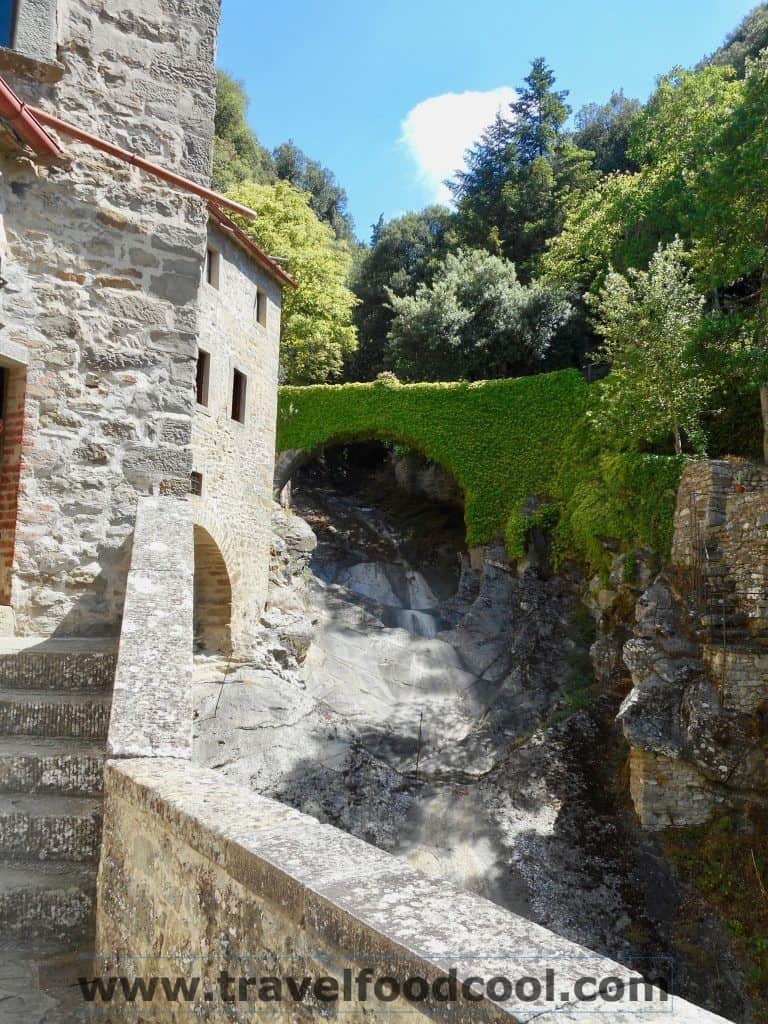
Le Celle, as it became known, was not only a religious post, but it also became a spiritual getaway for St. Francis, who would come here on pilgrimages many times throughout his life and enjoy the peacefulness of the area. A few days before St. Francis died, Brother Elias brought him to Le Celle for some peace and quiet (St. Francis died in Assisi on October 4, 1226). St. Anthony of Padua is said to have been a visitor.
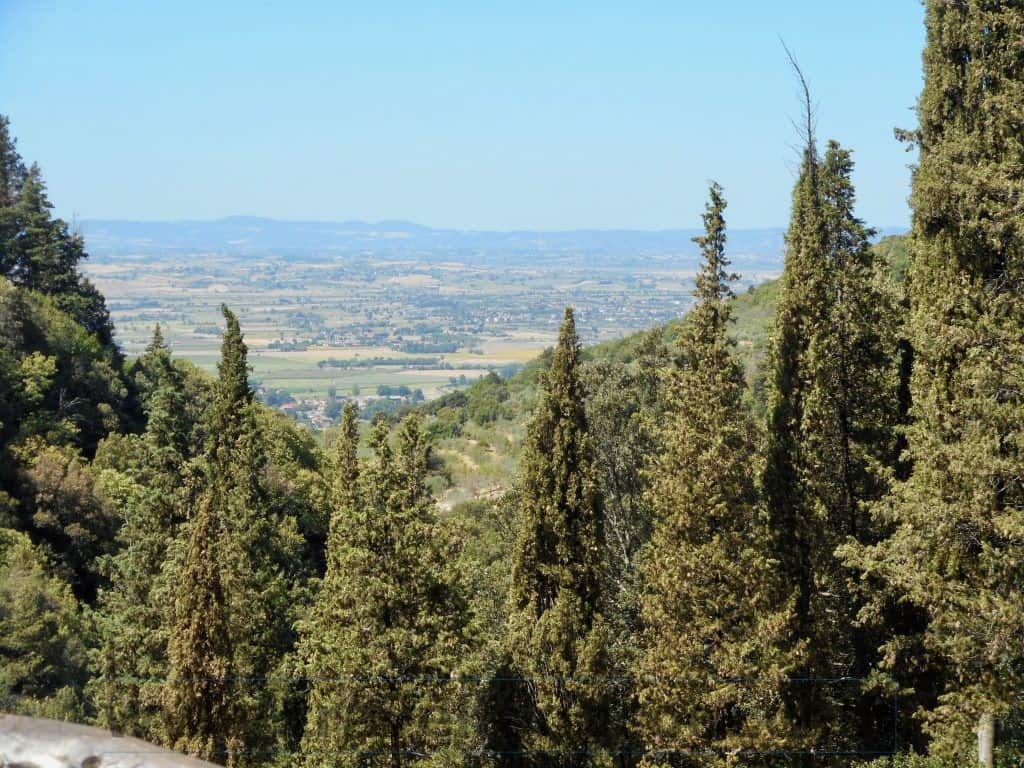
As one of the early members of the Franciscan order, Brother Elias finished the San Francesco church in Assisi and built the Franciscan monastery in the nearby town of Cortona (that’s right, you can do a St. Francis double-header on the same day – it’s approximately a 50-minute hike from Le Celle to Cortona!).
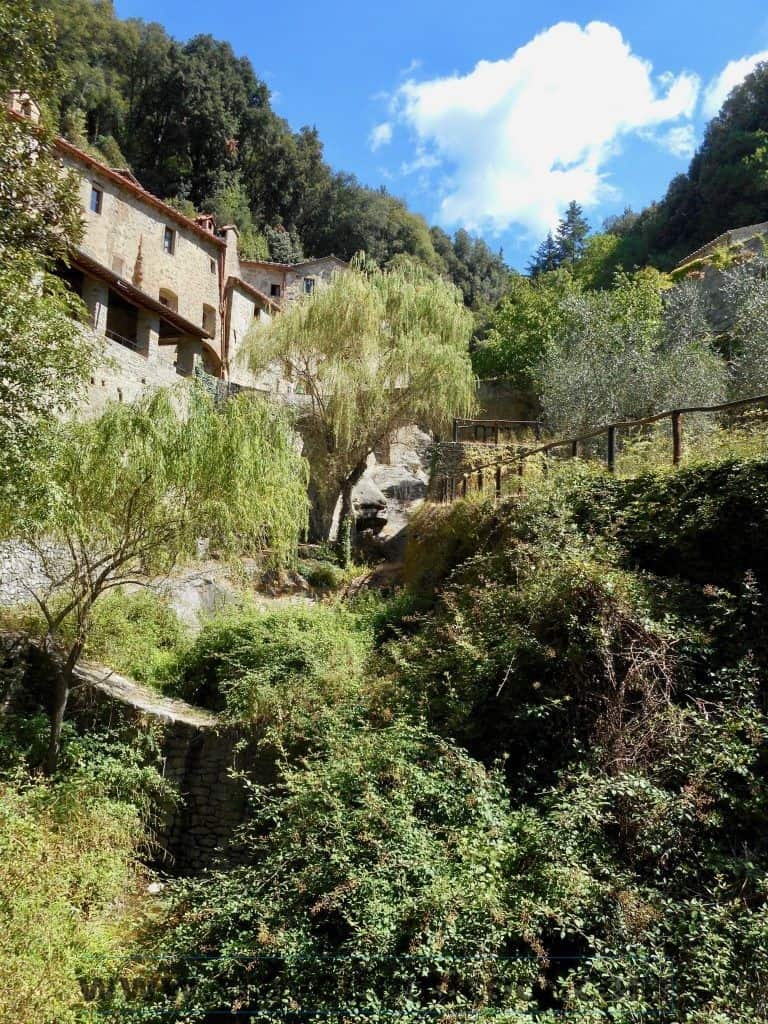
Once the Cortona monastery was finished, he turned his attention to the home of his friends, Guido and Vito, Le Celle. Brother Elias not only restored Le Celle, he made sure that it was a Franciscan Order property. Sadly, after his death in 1253, Le Celle was taken over by a group called the “Spirtuals” or the “Little Brothers” who managed, a little more than 100 years later, to get excommunicated by Pope John XXII and expelled from the Catholic church.
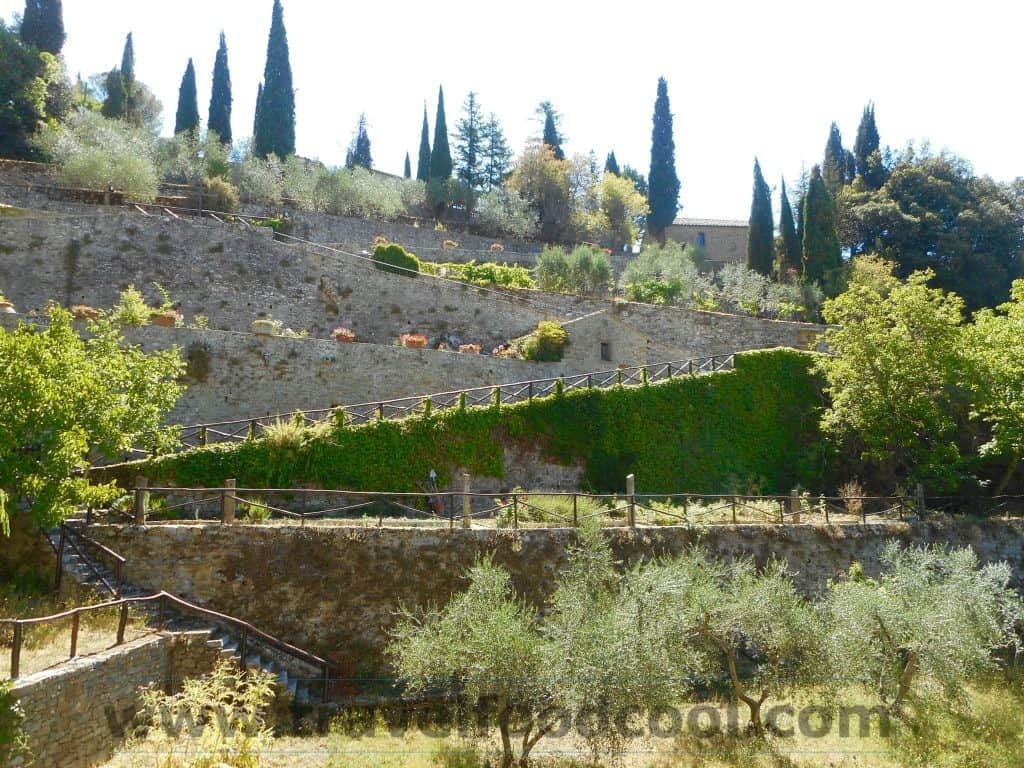
During the next almost 200 years, the property fell into neglect and ruin. It wasn’t until 1537 that the Capuchins (one of the approved Orders of the Franciscans), received the property from Bishop Bonafede (the Bishop of Cortona). The Capuchins worked to enlarge and restore the property, even erecting a new church dedicated to one of the visitors to Le Celle, St. Anthony of Padua, in 1634 on the site of the (now demolished) church of St. Michael the Archangel. The plain wooden altar and modest art of this church is in keeping with the style of the Capuchins.
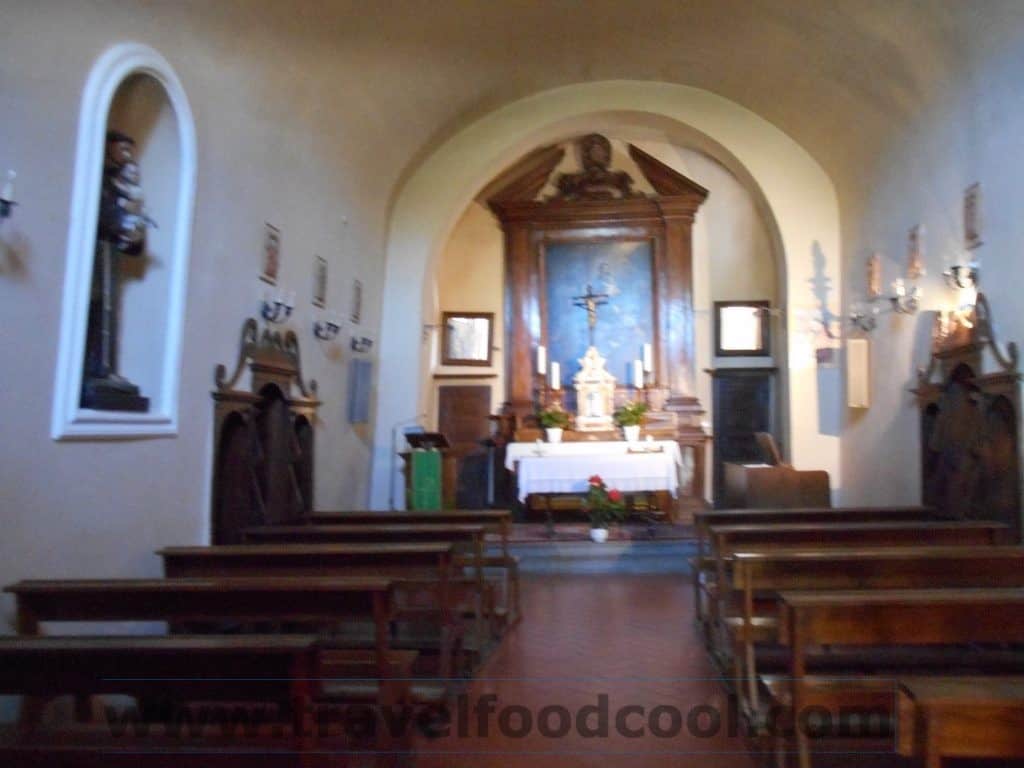
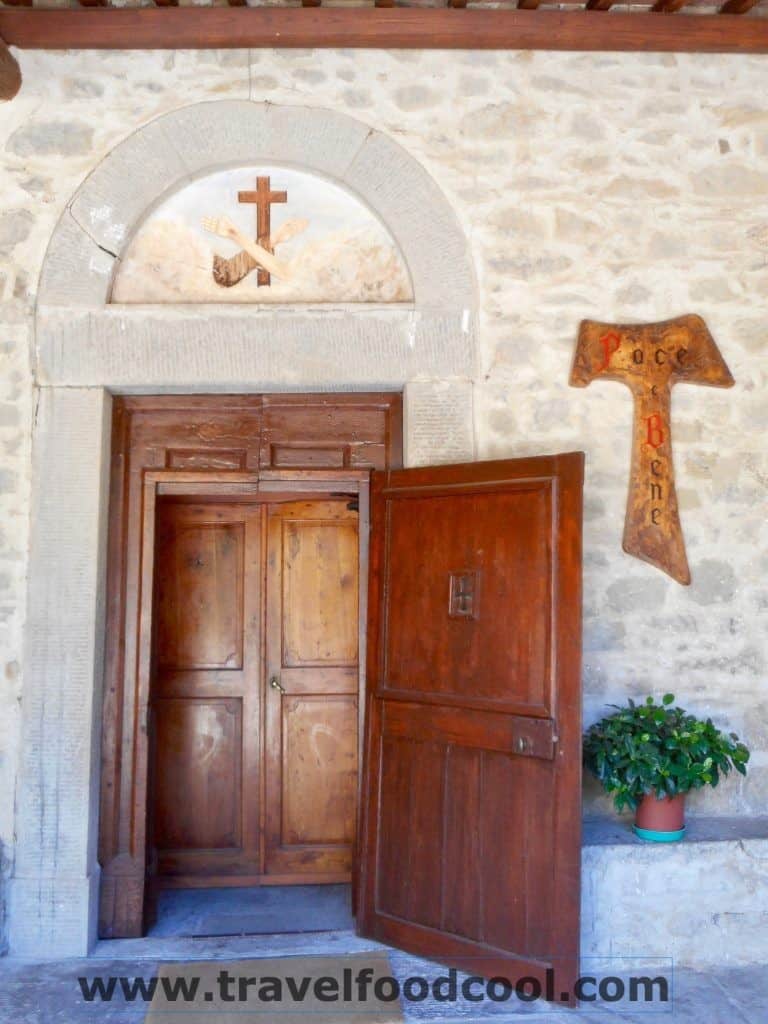
The area today is still as peaceful and quiet as it must have been when St. Francis was a visitor. (The day we visited, we saw 7 other people the entire time.)
Several rooms are open for viewing, including a small chapel (built by Brother Elias) built around the room where St. Francis slept. The room is sparse, containing a bed, a table and a chair. These items were essential for Franciscans, as they stood for a life given over to contemplation.
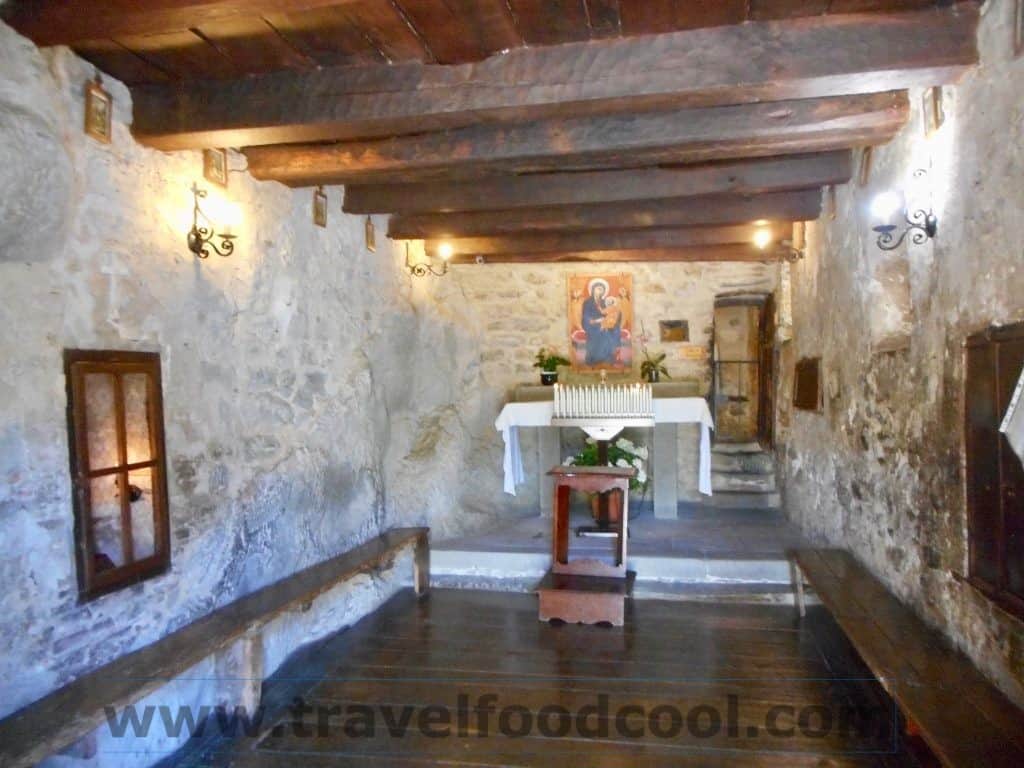
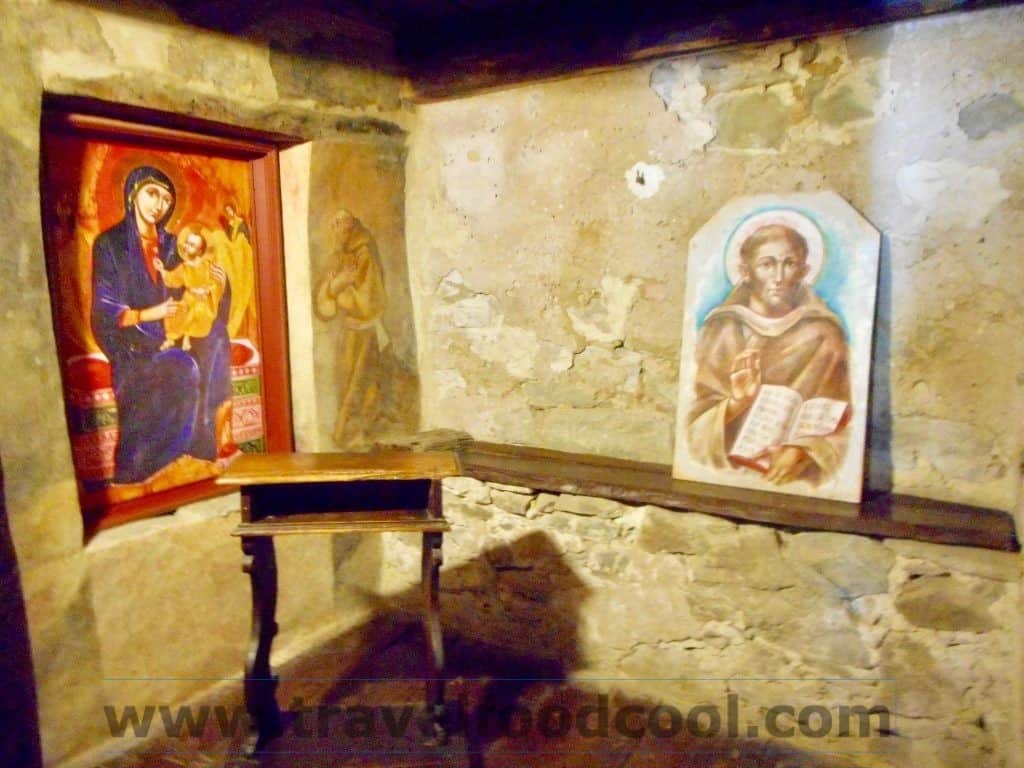
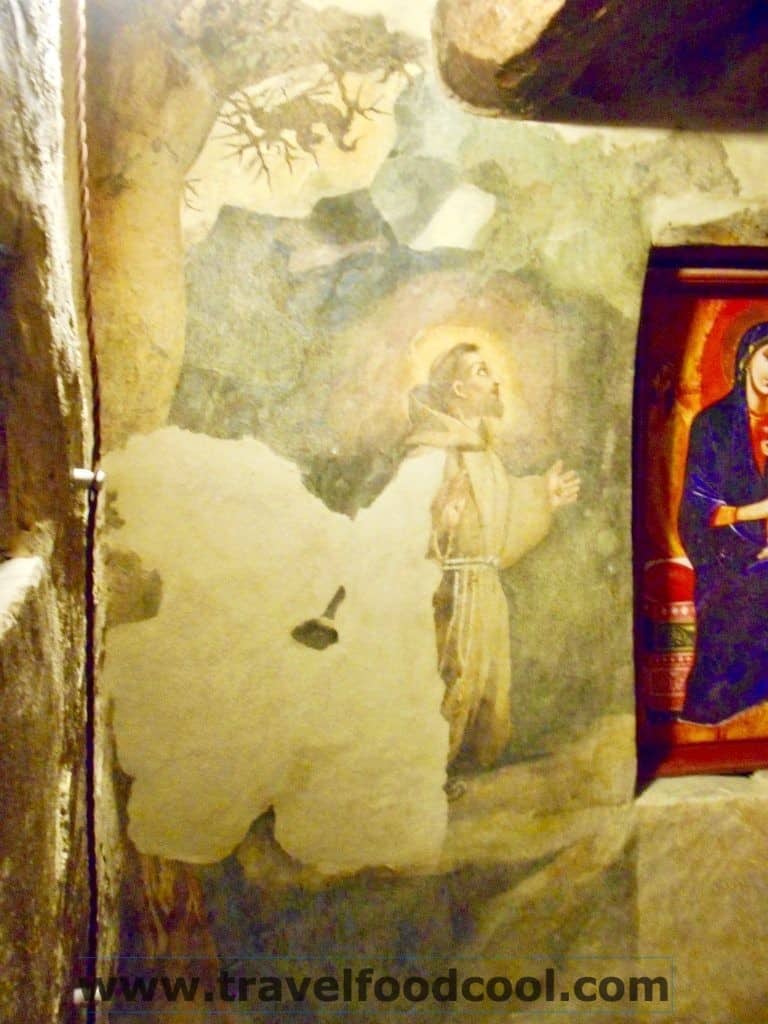
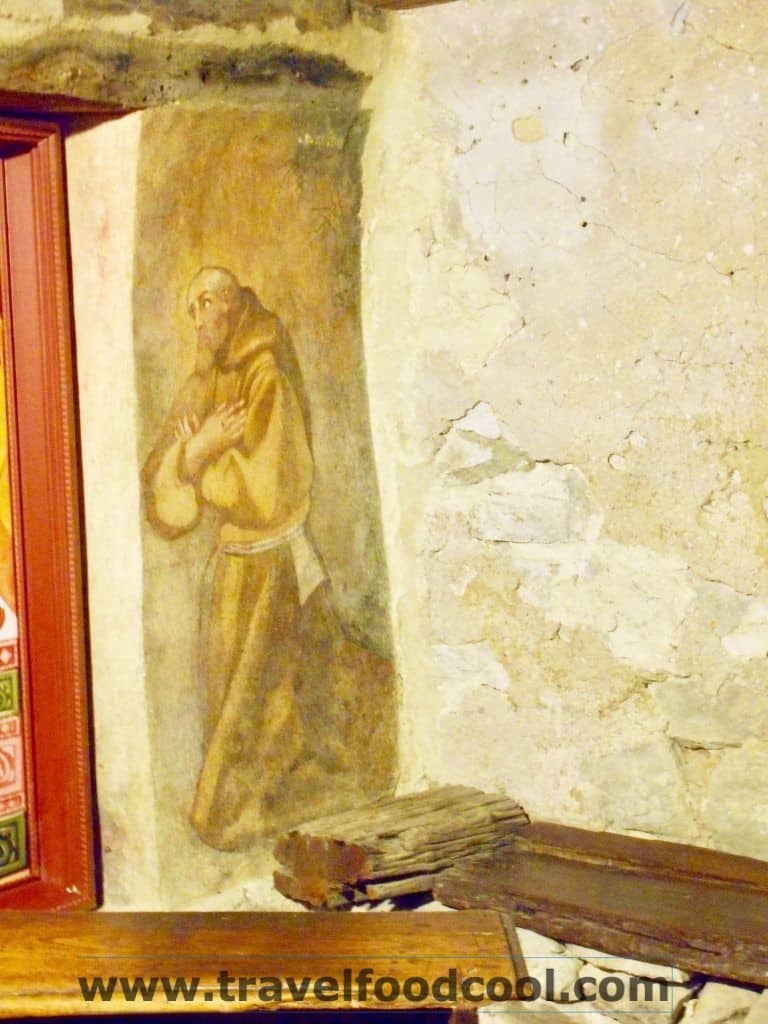
The area is very picturesque with the lush green, park-like surroundings, stone buildings and bridges. One bridge of note is the Ponte del Granduca, the Grand Duke’s Bridge, constructed by Grand Duke Giangastone Medici (1728).
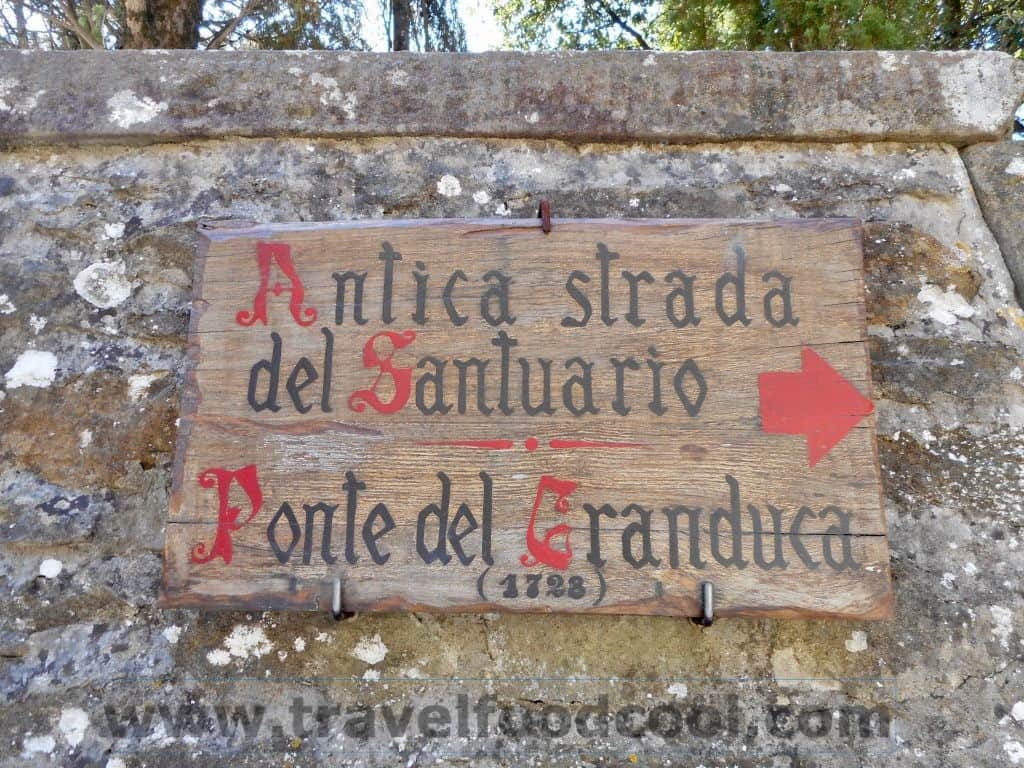
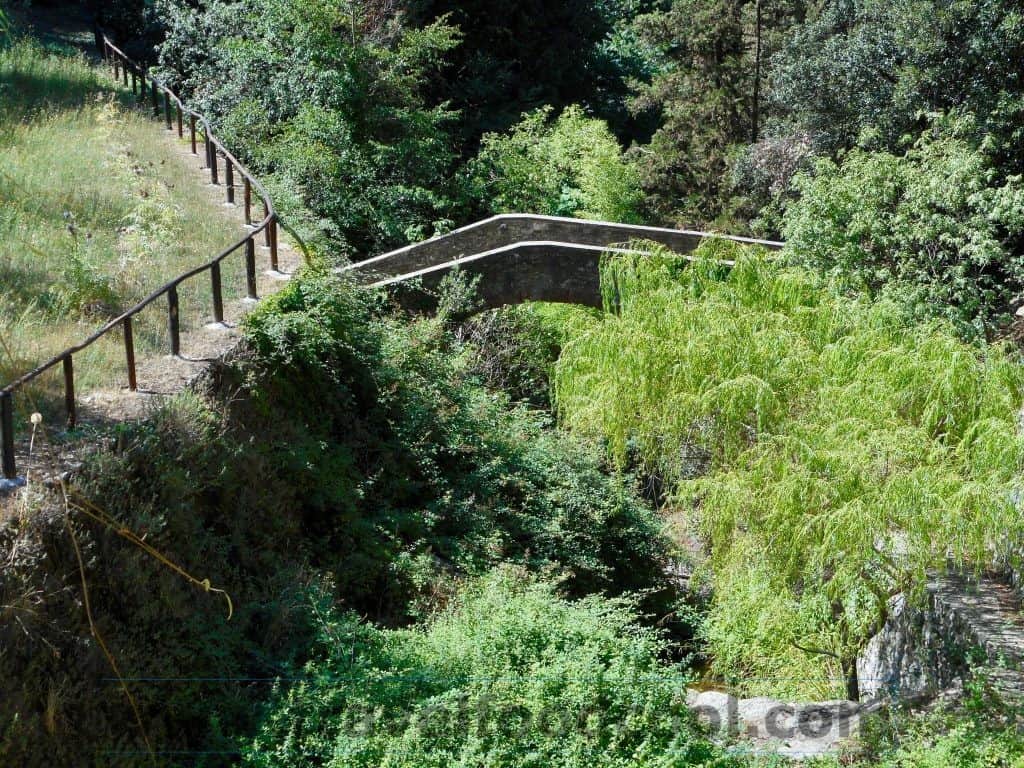
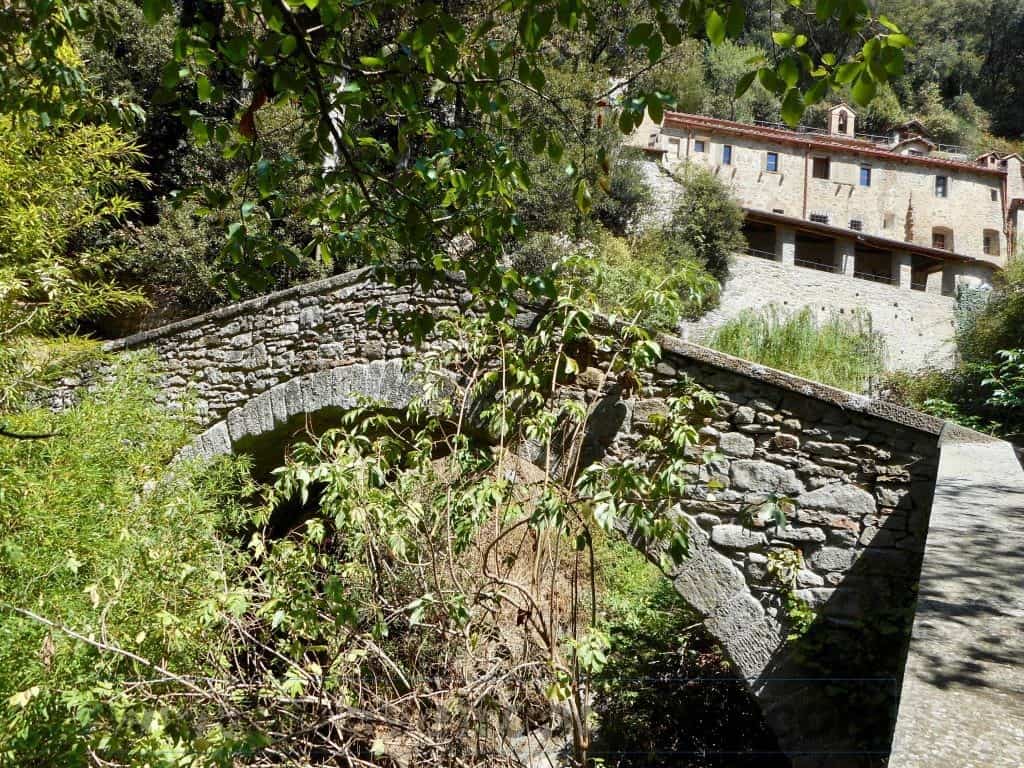
The roads where the faithful would make their pilgrimages are still present, and many still make the climb to Le Celle (also known as “Convento delle Celle” (the Convent of the Cells)). If you are a priest who would like solitary prayer for a period of a week (minimum), rooms are available at the Convent for you. There are currently 7 full time priests who live on the property.
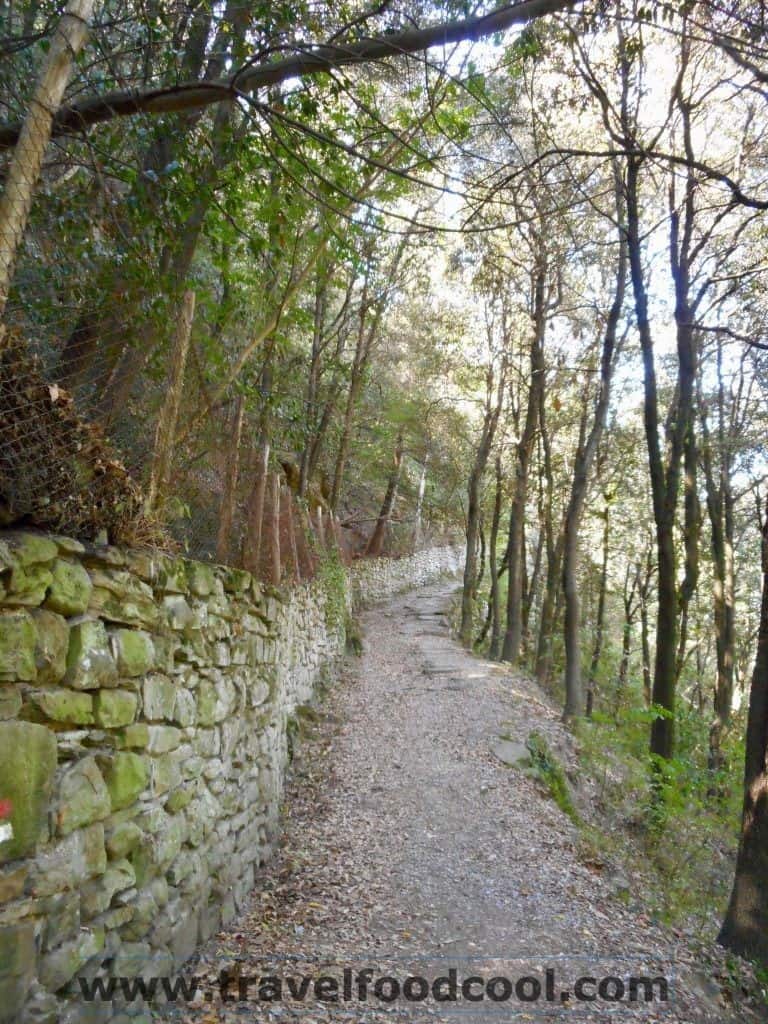
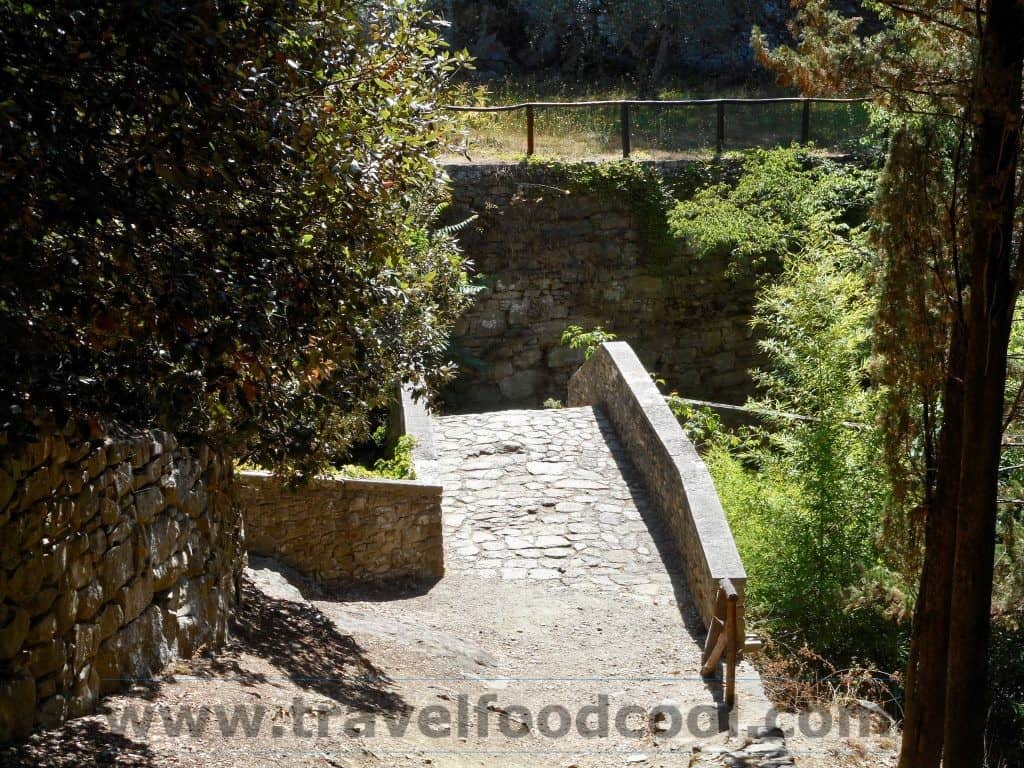
While I personally can’t imagine being silent for a week or longer (sorry Pete), it was nice to escape the crowds of Cortona and enjoy the peace and quiet of Le Celle. The beauty and the serenity of the area are worth the winding drive.
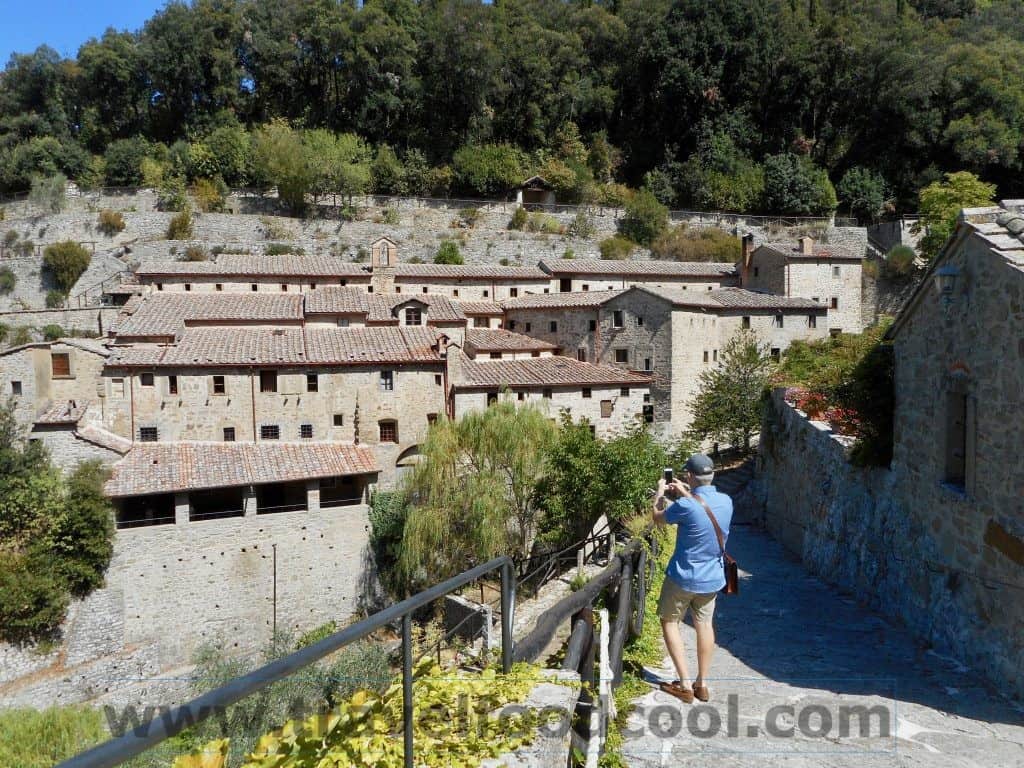
Where: Localita Cappuccini 1, 52044 Cortona, Province of Arezzo, Italy (follow the signs); Remember: this is a working monastery, and a place of silence, it is requested that visitors are quiet during their visit



What a beautiful place and you wrote it up with amazing feeling I knew nothing about it so was lovely and enjoyable discovery. Your photos did justice and evoked all sorts of images about life in those early times
Thanks Cam! It was remarkable how quiet the place was especially when you contrasted it with Cortona which was teaming with people.